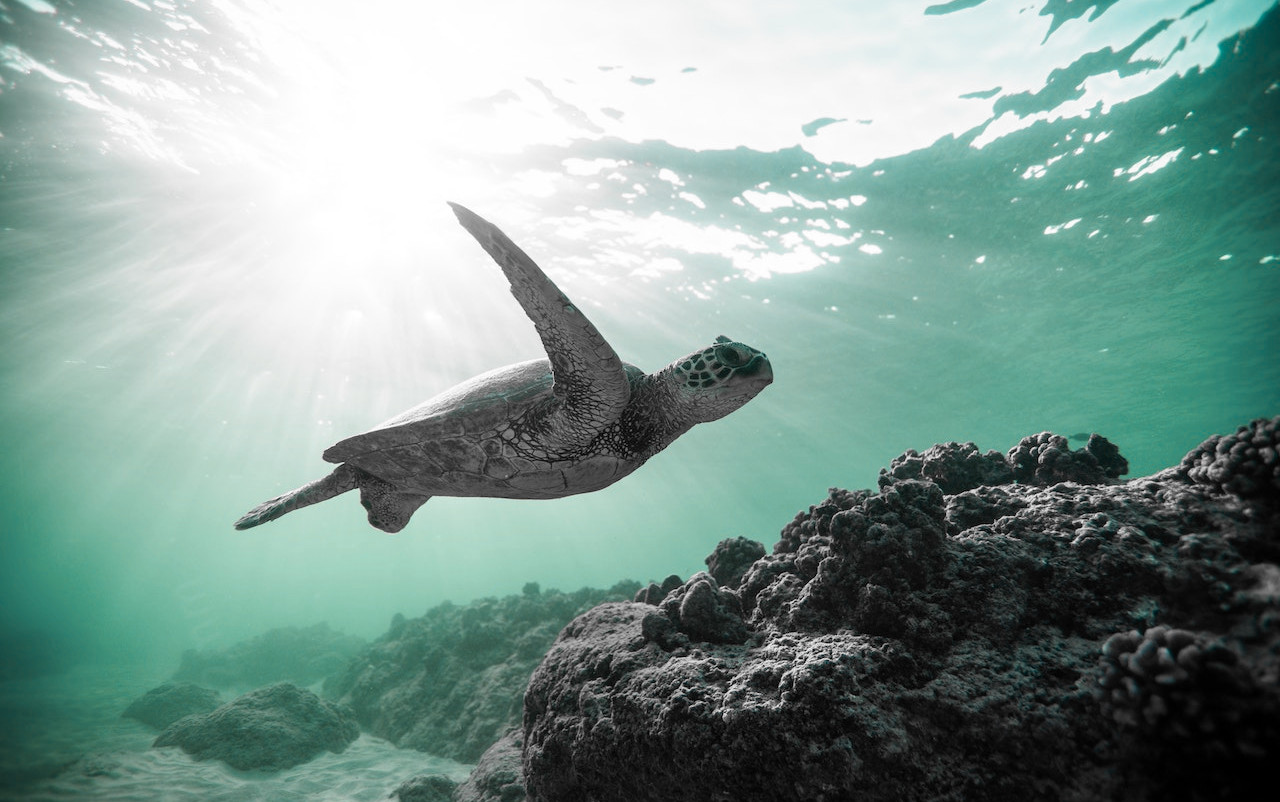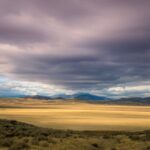Local non-profit civic organization
The importance of preserving aquatic natural resources

Dive into the importance of preserving aquatic natural resources and you’ll discover a world of wonder that simply can’t be replicated on dry land. From sparkling coral reefs to shimmering freshwater streams, our planet’s waterways house an incredibly diverse array of plants, animals and microorganisms, all of which play a crucial role in maintaining the delicate balance of our ecosystem. From supplying drinking water to providing valuable food resources, it’s clear that we as humans are deeply reliant on healthy aquatic environments – but unfortunately, these precious habitats are under threat from a range of human activities such as pollution and overfishing. By working together to preserve and protect our aquatic natural resources, we can ensure that our planet’s beautiful waterways continue to thrive for generations to come.
What rules of being near natural water bodies can be distinguished for tourists
Wow, when it comes to exploring natural water bodies, there are some pretty important rules that tourists should keep in mind! For starters, respecting the environment is key. This means avoiding littering, disturbing wildlife, or over-fishing. Secondly, following any posted signs or regulations is crucial in order to maintain the safety and protection of the area. Finally, appreciating the natural beauty of the water body without causing any harm should always be a top priority. By following these rules, tourists can ensure that they are leaving a positive impact on the environment and preserving its beauty for generations to come!
Who should control the preservation of nature along the tourist routes
Isn’t it exciting to think about exploring the natural beauty of our world, whether it’s hiking through verdant forests or gazing at the geological wonders of the Grand Canyon? But as we embark on these adventures, it’s important to consider who should take responsibility for preserving these natural landscapes. Should it be the government agencies charged with protecting the environment? Or perhaps the tourist industry, who have a vested interest in ensuring their clients have a pristine experience? These are important questions to ponder, but let’s not forget that the real key to preserving nature lies in our own hands as individuals. With awareness and mindfulness, we can work together to ensure that future generations can enjoy the same breathtaking experiences that we do today.
Why is it vital to create natural areas closed to people
Oh, the benefits that come with creating natural areas closed to people! There is something so special about being in untouched wilderness that is just so good for the soul. But, it’s not just about our personal enjoyment – these areas play a fundamental role in the health of our planet! When we create natural areas that are off-limits to human activity, we are giving nature a chance to breathe, to grow, and to thrive in its own right. For a while, at least, we can take our hands off the wheel and trust in the incredible power of the natural world to heal itself. That’s why it’s vital that we continue to prioritize the creation of these sanctuaries, so that we can protect our planet and ensure it remains a beautiful and thriving home for generations to come.
Can electric transport be considered harmless for the nature
Electric transport has been revolutionizing the way we travel by reducing our carbon footprint massively! With electric cars, buses, and bikes, we are finally on the path to a sustainable future. However, we must not forget that every action has a consequence. While electric vehicles do not emit exhaust fumes, electricity production does. The question remains: can electric transport be considered harmless for the nature? The answer lies in the source of electricity that powers these vehicles. By switching to renewable energy sources like solar, wind, or hydro power, we can truly make electric transport environmentally friendly. The opportunities are endless, and the time for action is now! Together, let’s make a difference and build a brighter, cleaner future for generations to come.
The most beautiful lakes in the world
If you’re a nature lover, there’s nothing quite as breath-taking as gazing out across a mesmerizingly beautiful lake. Whether they’re situated in lush forests or nestled in between towering mountains, the world is home to some truly stunning bodies of water. From the shimmering blue waters of Lake Tahoe in the United States, to the crystal-clear glacial lake of Lake Louise in Canada, there’s something magical about these natural wonders that truly captivates the soul. For those who love to travel and explore the beauty of the natural world, visiting any one of these most beautiful lakes is sure to be the experience of a lifetime.



